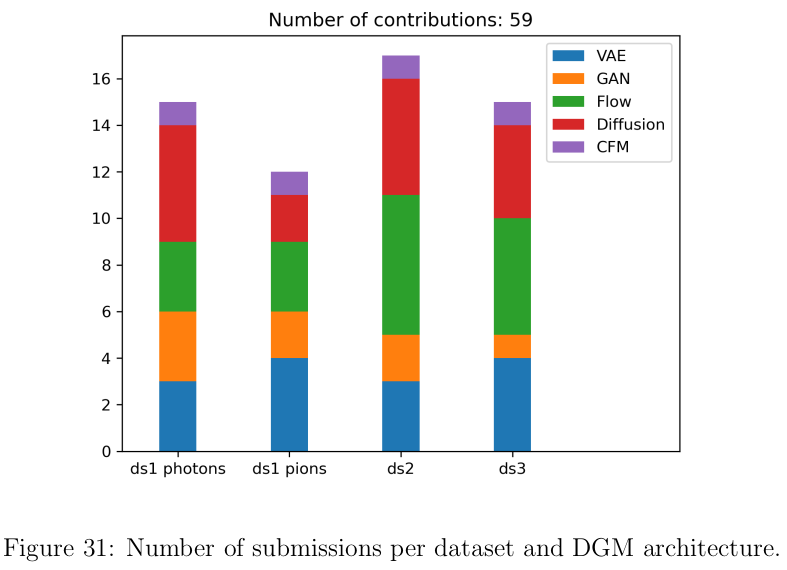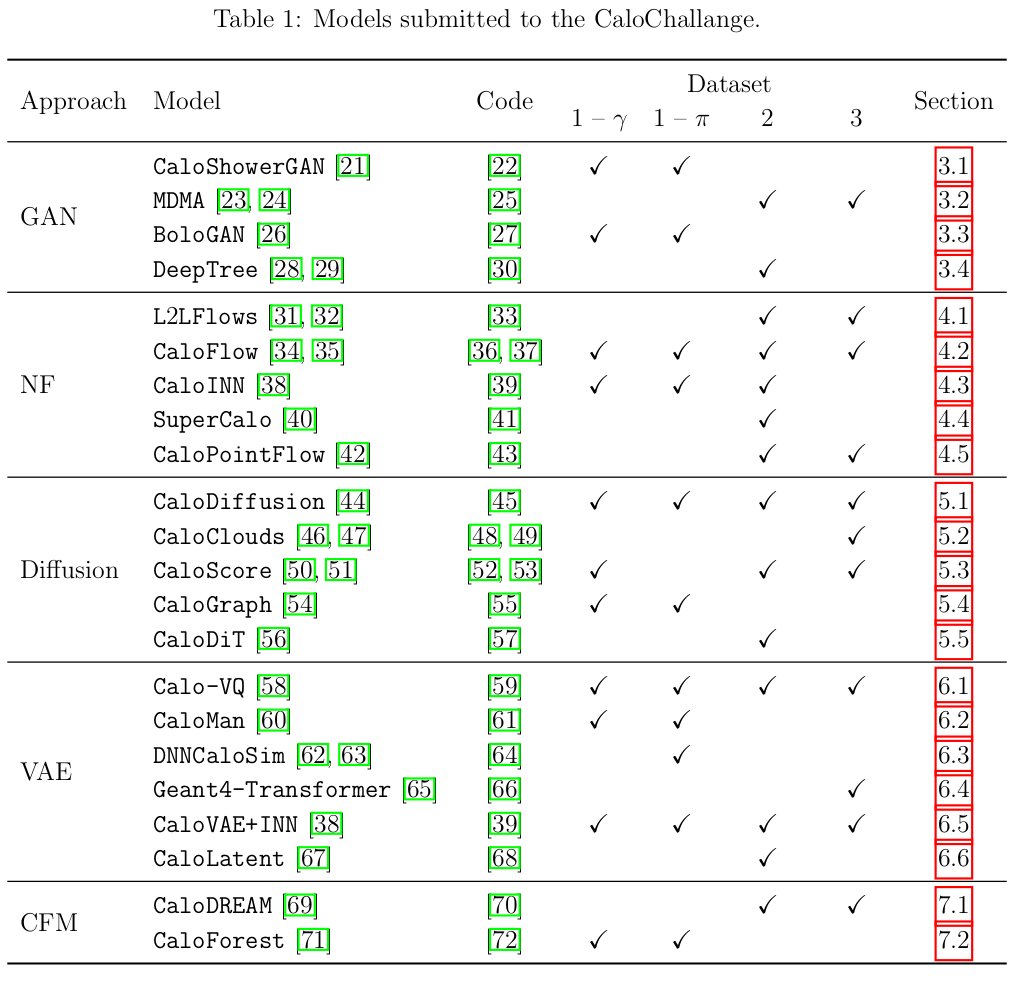
Claudius Krause
@ClaudiusKrause
Followers
172
Following
499
Media
55
Statuses
300
Researcher in High-Energy Physics and Machine Learning
Joined December 2019
I heard that the sky has a better color in other parts of the internet: .Go and find me there under the same handle. #eXit.
nature.com
Nature - Roughly 6,000 readers answered our poll, with many declaring that Bluesky was nicer, kinder and less antagonistic to science than X.
0
0
1
RT @GregorKasieczka: New(ish) result: A massive comparison of generative architectures as surrogate models for particle showers in calorime….
0
2
0
RT @GregorKasieczka: Today ends the #ML4Jets conference in Paris. Great to see the progress in the field from one year to the next, with n….
0
3
0
Congratulations, @MArcelaCArena !.
Exciting news! Dr. Marcela Carena joins Perimeter Institute as our new Executive Director. An award-winning physicist, Marcela is renowned for her contributions to theoretical and experimental particle physics. Learn more about her:
0
0
1
More plots (and tables) are at .Data and notebook used to create all figures will soon be at too. #OpenData #FAIR. 11/12.
calochallenge.github.io
1
0
2
But wait, there is more! . With such a large dataset of submitted samples we can also study how different quality metrics correlate, which is an important question well beyond calorimeter simulation and high-energy physics!. #evaluation #generativeAI. 8/12.
1
0
1
The main results are the Pareto fronts in "quality" vs "time". As representative, we picked the multiclass log-posterior and the GPU batchsize 100 as metrics. Here are the #ParetoFronts for ds1. 6/12
1
0
1
We got 59 submissions based on 31 different generative models from 23 different collaborations. It's nicely spread across all 4 datasets and generative architectures: #GAN s, #VAE s, #NormalizingFlows, #DiffusionModels, and models based on Conditional Flow Matching (#CFM).4/12
1
0
1
More than 2 years ago, we started a community challenge by publishing 4 calorimeter shower datasets & asking the community to train their favorite generative AI model on the conditional probability p(shower | E_incident). More details at 2/12.
calochallenge.github.io
1
0
1
I'm happy and proud to present the results of the #CaloChallenge! . A huge thank you to everyone who contributed to this effort in the past year(s)!.1/12
1
5
14
Join us next Thursday for #DarkMatterDay and learn how #MachineLearning can assist the search, too!.
0
0
1
RT @angryfermion: it's not machine learning unless it's from the machine region of france. otherwise it's just sparkling linear algebra.
0
202
0















